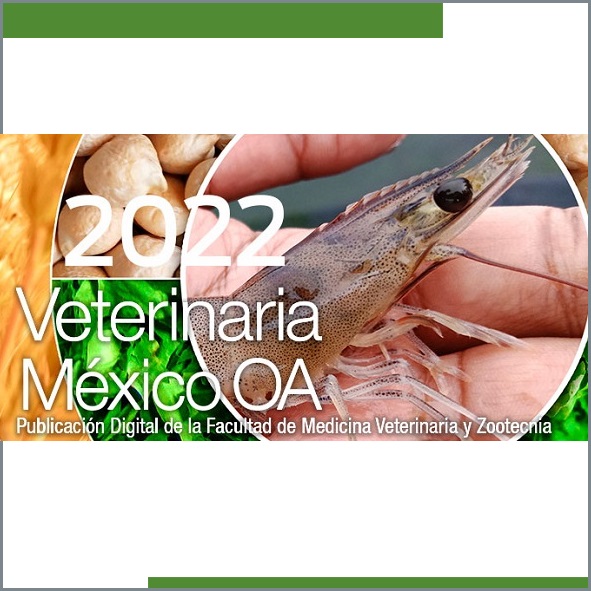STEC non-0157 strains in meat from Southern Sonora, Mexico and its antibiotic resistance
Main Article Content
Abstract
Escherichia coli is one of the most important bacteria associated with the consumption of meat products causing human disease, with bovines as the main reservoir for this organism. Microbiological quality of raw meat sampled at slaughterhouses was evaluated by measuring the presence of Escherichia coli serogroups that produce the Shiga toxin (referred to as STEC), including both O157:H7 and non-O157 strains can cause Hemolytic Uremic Syndrome (HUS). The purpose of this study was to detect STEC O157 and non-O157 in meat products from Federal Inspection Type (FIT, n=52) and non-FIT (n=88) slaughterhouses, as well as butcheries (n=50), in southern Sonora, Mexico. To achieve this aim, selective media were employed to obtain putative O157:H7 colonies (TS-SMAC agar and Rainbow® agar O157), followed by multiplex PCR for the stx1, stx2, eaeA, and rfB genes, using the O157:H7 serotype as a control. No STEC O157 was found in beef products, but some non-O157 isolates were found containing the stx2 pathogenicity gene (1.40%, 3/224) and/or the fliCH4 flagellar antigen (1.78%, 4/224). This work also confirmed the susceptibility of strains with the stx2 and/or fliCH4 genes to several antibiotics and multi-resistance of all or some of these strains to trimethoprim/sulfamethoxazole, tetracycline, clarithromycin, penicillin G, oxacillin, ampicillin and cefazolin. This study comprises the first report of STEC non-O157 in Sonora and will be useful to establish their association with foodborne outbreaks originating from beef and pork consumption in the future.
Article Details
License

Veterinaria México OA by Facultad de Medicina Veterinaria y Zootecnia - Universidad Nacional Autónoma de México is licensed under a Creative Commons Attribution 4.0 International Licence.
Based on a work at http://www.revistas.unam.mx
- All articles in Veterinaria México OA re published under the Creative Commons Attribution 4.0 Unported (CC-BY 4.0). With this license, authors retain copyright but allow any user to share, copy, distribute, transmit, adapt and make commercial use of the work, without needing to provide additional permission as long as appropriate attribution is made to the original author or source.
- By using this license, all Veterinaria México OAarticles meet or exceed all funder and institutional requirements for being considered Open Access.
- Authors cannot use copyrighted material within their article unless that material has also been made available under a similarly liberal license.



